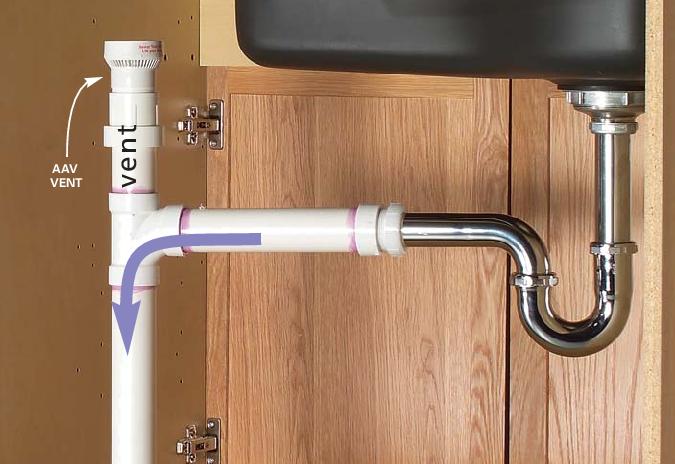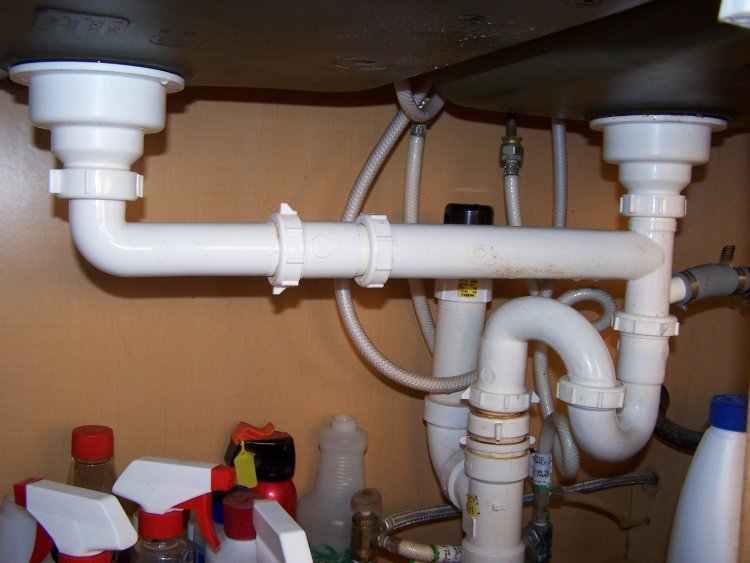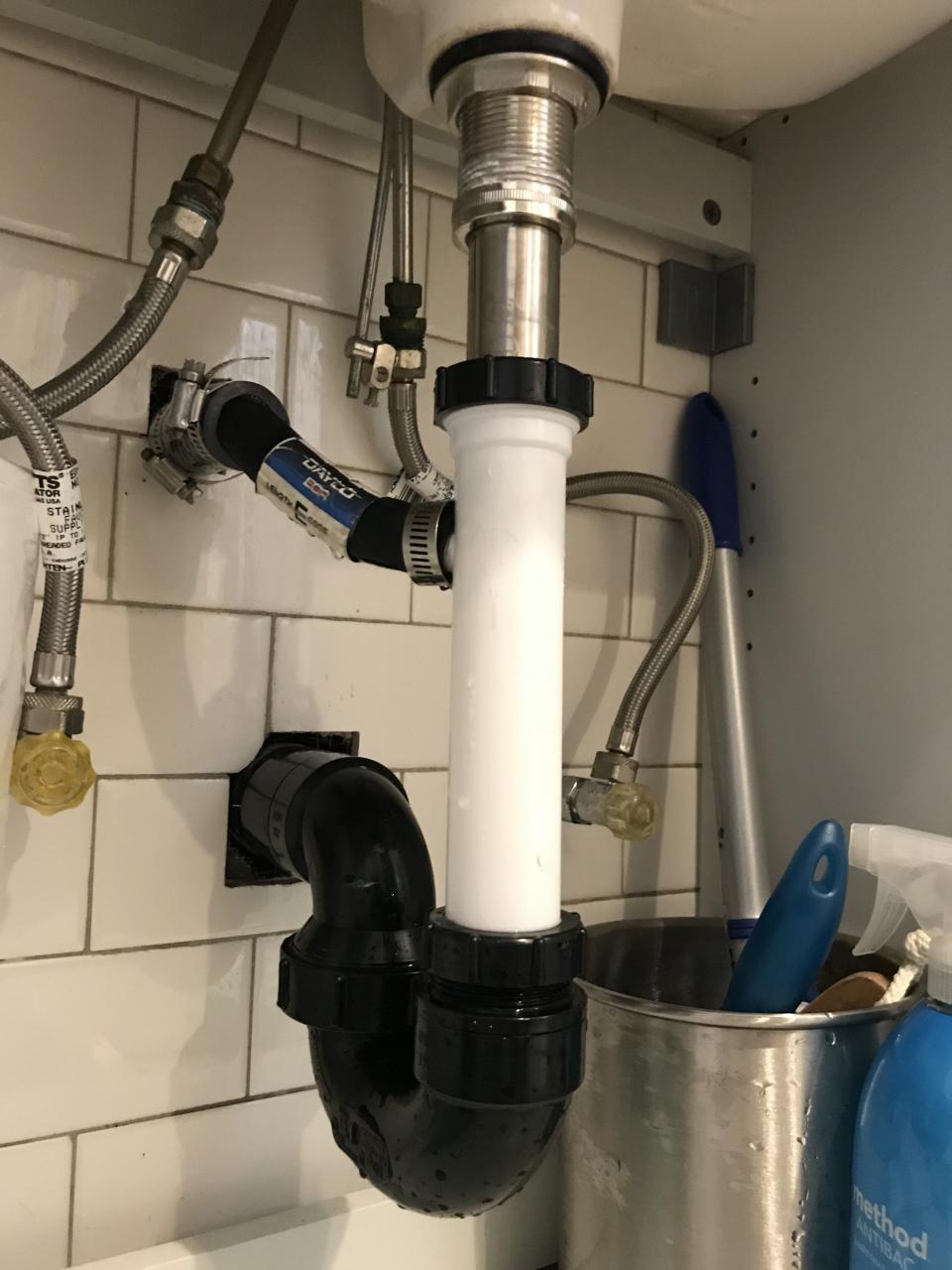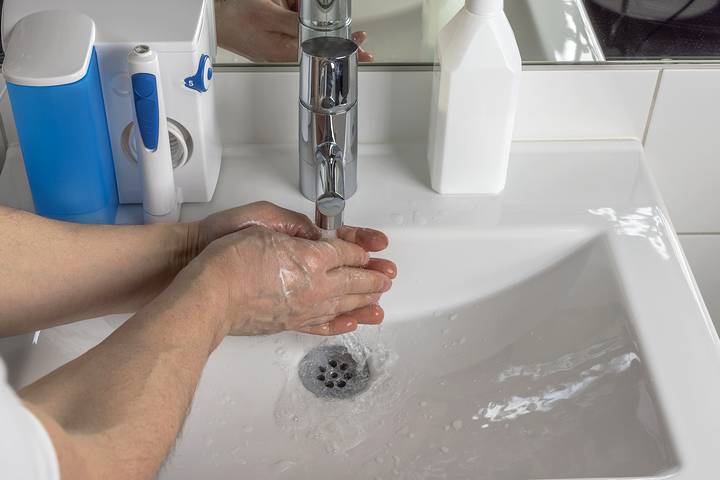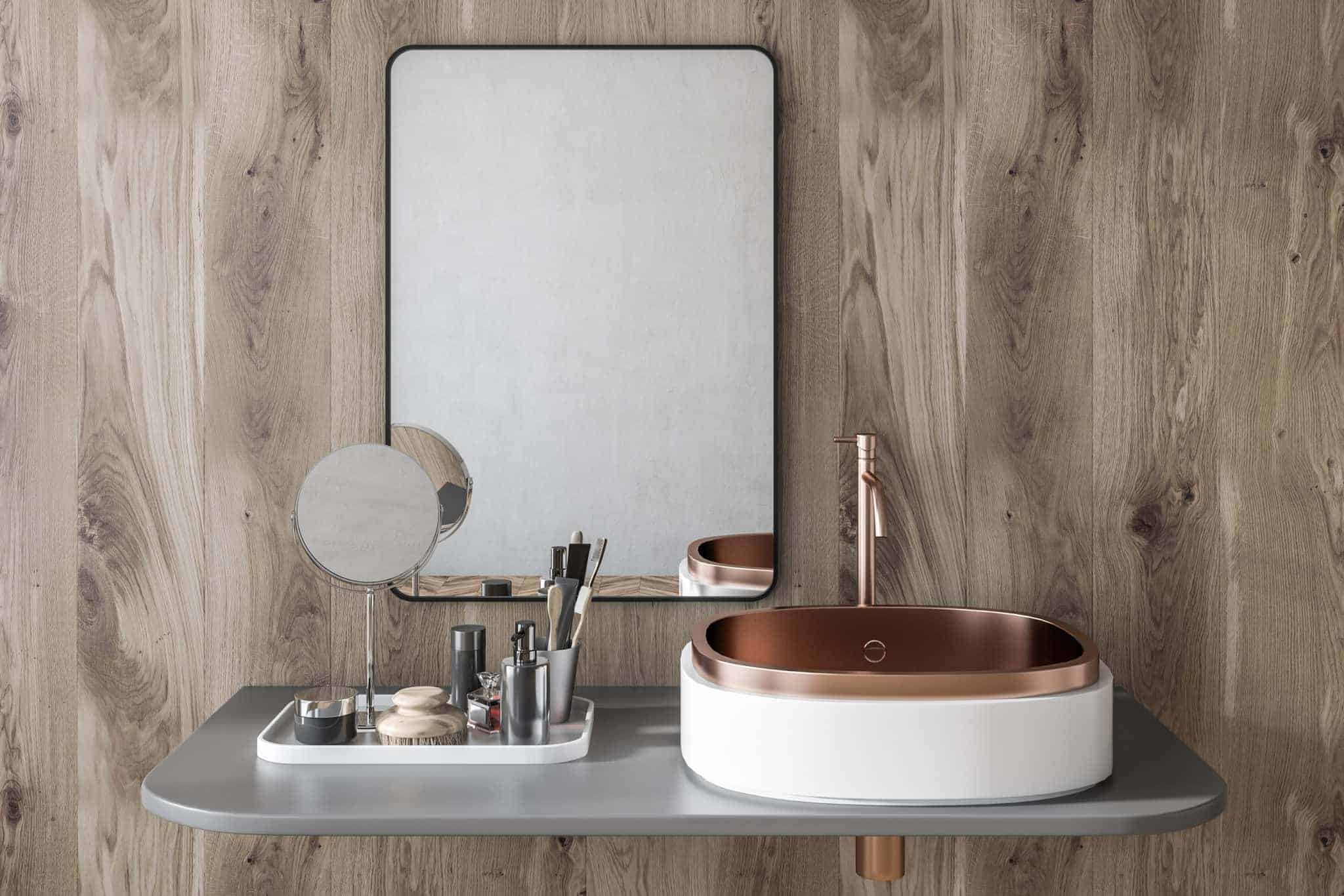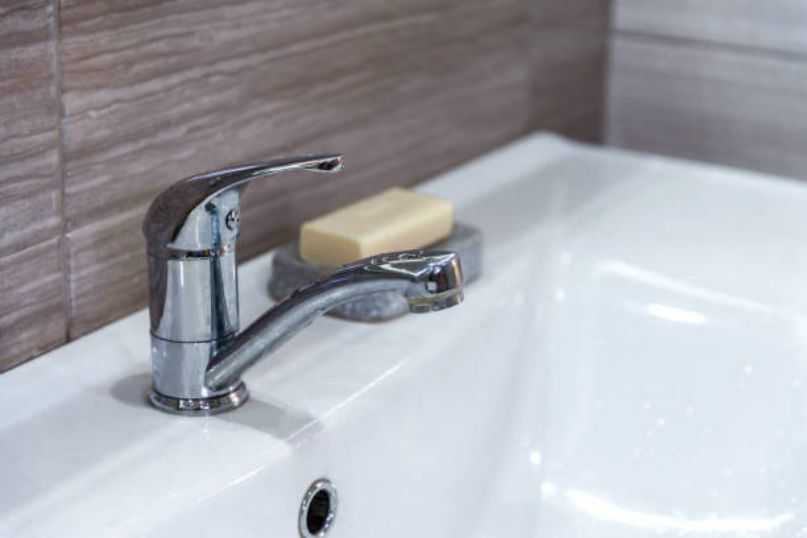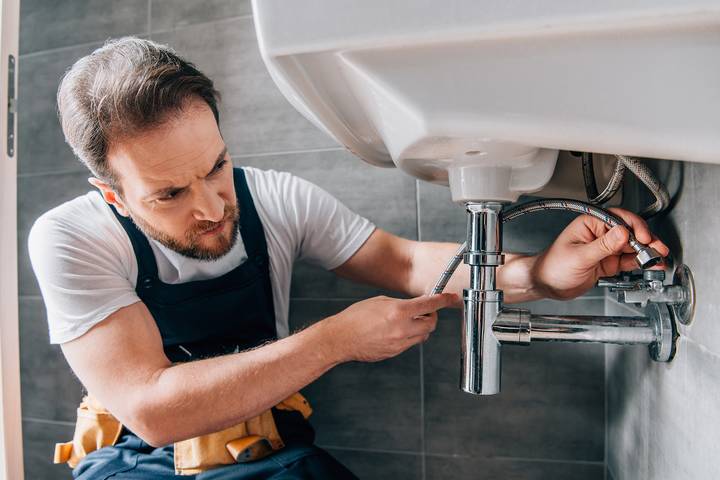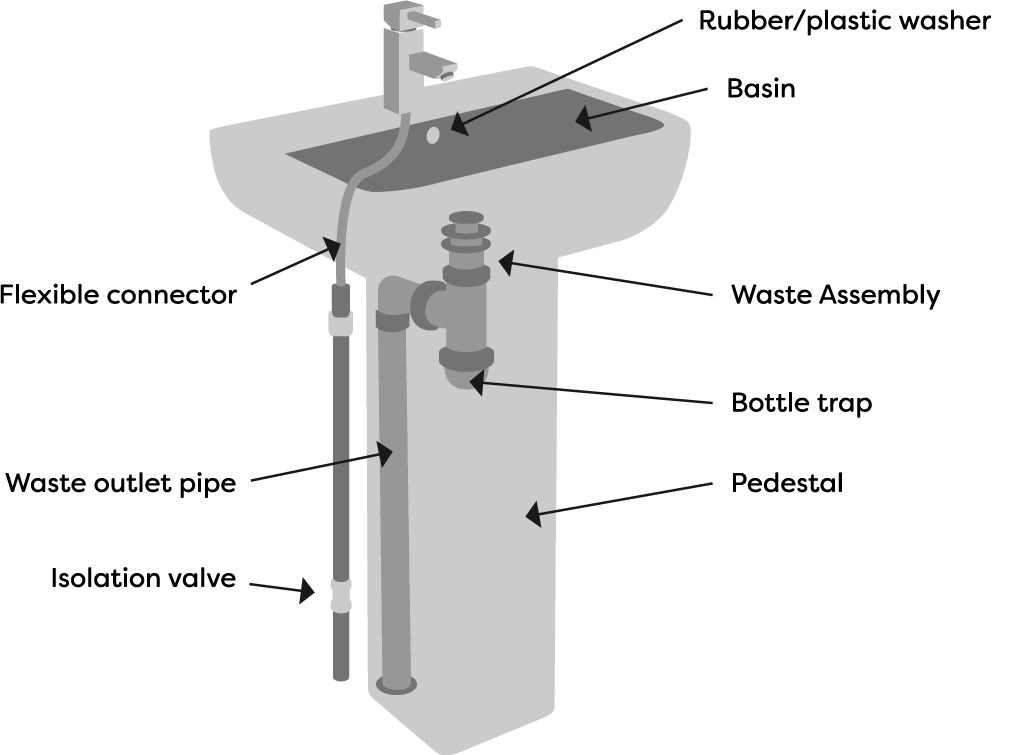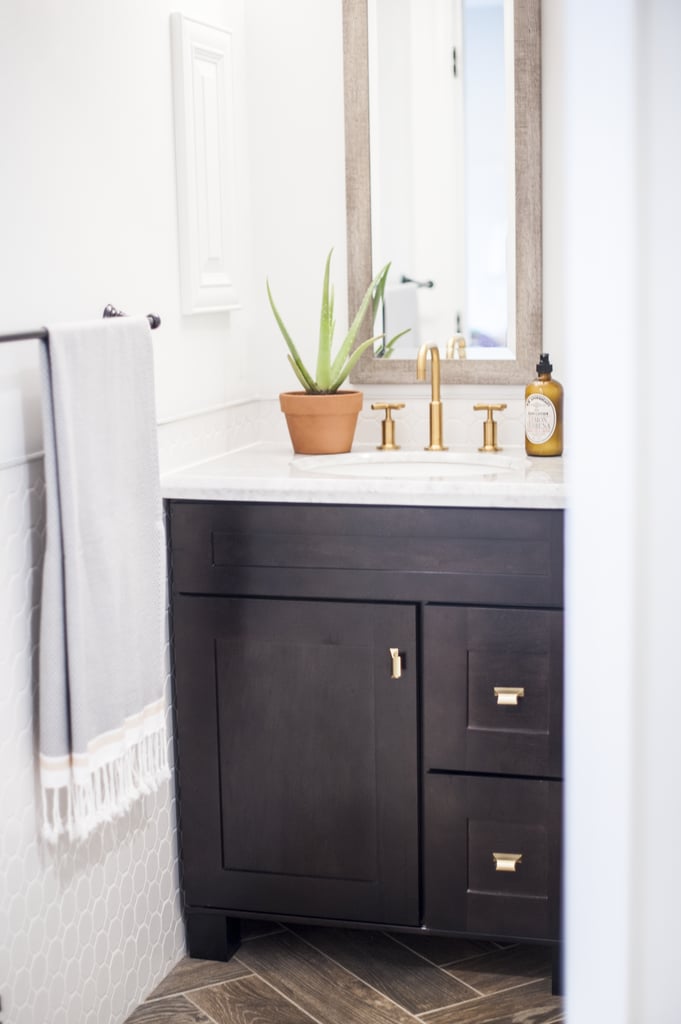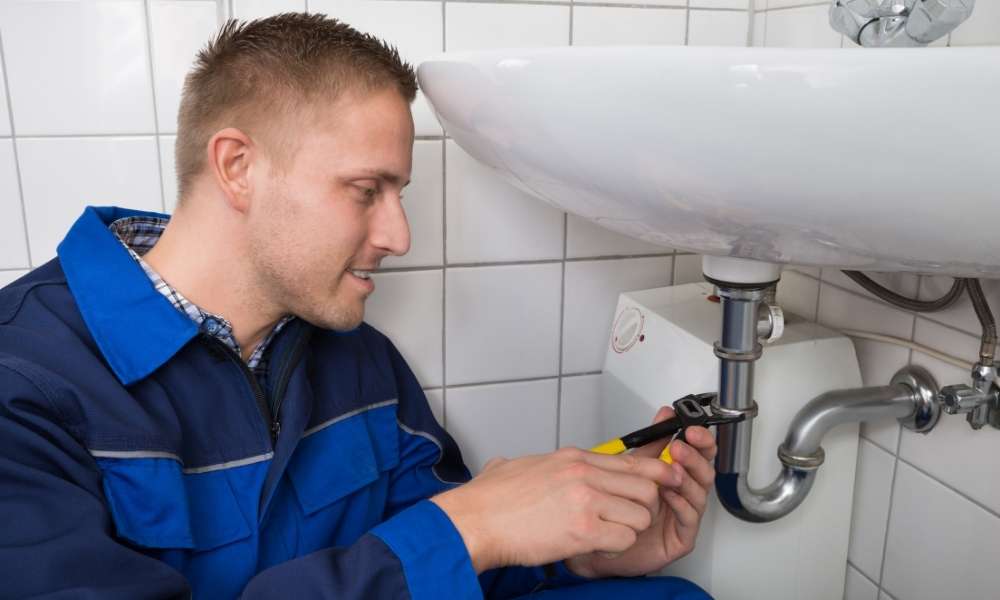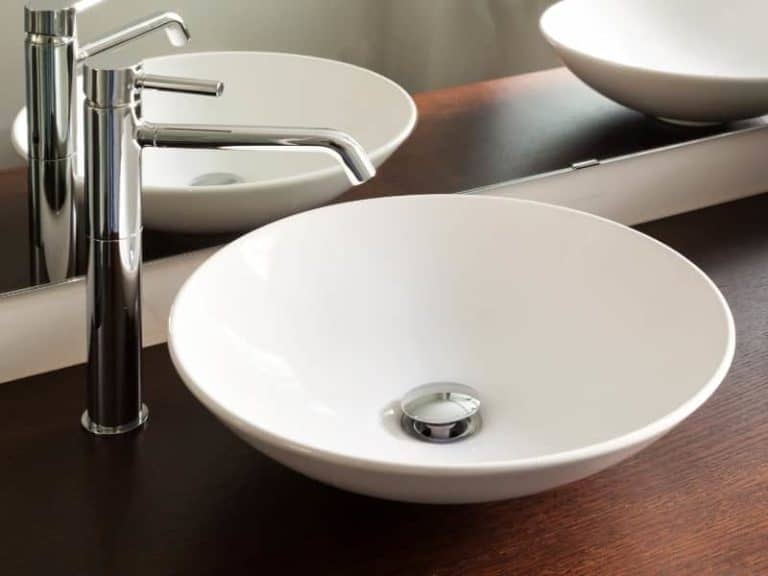Bathroom Sink Vent Installation: A Step-by-Step Guide
Installing a bathroom sink vent is an important step in any bathroom renovation or new construction project. The sink vent helps to properly ventilate the plumbing system, preventing unpleasant odors and potential damage from trapped gases. While it may seem like a daunting task, with the right tools and know-how, you can easily install a bathroom sink vent yourself. In this guide, we will walk you through the process step-by-step, so you can confidently add this essential component to your bathroom.
How to Install a Bathroom Sink Vent Pipe
The first step in installing a bathroom sink vent is to determine the location for the vent pipe. This will depend on the layout of your bathroom and the location of your sink. Typically, the vent pipe should be placed about 5 feet away from the sink and should run vertically through the roof. Once you have determined the location, mark it with a pencil.
Next, using a reciprocating saw, cut a hole in the roof where the vent pipe will be installed. Make sure to wear proper safety equipment and follow all safety precautions when using power tools. Be sure to cut the hole slightly larger than the diameter of the vent pipe to allow for proper fitting.
Now it's time to install the vent pipe. Use a 2-inch vent pipe and secure it in place using galvanized steel straps or brackets. Make sure the pipe is properly aligned and level before securing it in place. Once the pipe is secured, seal any gaps around the pipe using roofing tar or silicone caulk.
DIY Bathroom Sink Vent Installation: Tips and Tricks
While installing a bathroom sink vent may seem intimidating, there are a few tips and tricks that can make the process easier. Here are some things to keep in mind:
The Importance of Proper Bathroom Sink Venting
Proper bathroom sink venting is essential for maintaining a healthy and functional plumbing system in your home. Without proper ventilation, sewer gases can build up and cause unpleasant odors, as well as potential health hazards. In addition, improper ventilation can lead to clogs and damage to your plumbing system, resulting in costly repairs.
Installing a bathroom sink vent is a relatively simple and cost-effective way to prevent these issues and ensure your plumbing system is functioning properly. It is also required by building codes, so it's important to make sure your bathroom is up to code before completing any renovations or construction.
Common Mistakes to Avoid When Installing a Bathroom Sink Vent
While installing a bathroom sink vent may seem straightforward, there are some common mistakes that can occur if you're not careful. Here are a few things to avoid:
Understanding the Basics of Bathroom Sink Venting
To properly install a bathroom sink vent, it's important to have a basic understanding of how it works. The vent pipe connects to the main plumbing stack and allows air to escape, preventing a vacuum from forming and pushing sewer gases back up through the pipes. This also helps to maintain proper pressure in the plumbing system, preventing clogs and damage.
It's also important to note that the vent pipe should be the same diameter as the drain pipe to ensure proper ventilation. If the vent pipe is too small, it can lead to clogs and other issues.
Tools and Materials Needed for Installing a Bathroom Sink Vent
Before starting the installation process, make sure you have all the necessary tools and materials on hand. Here's a list of what you'll need:
How to Troubleshoot Common Issues with Bathroom Sink Vents
If you encounter any issues with your bathroom sink vent, it's important to address them promptly to avoid any potential damage or health hazards. Here are some common issues and how to troubleshoot them:
Hiring a Professional vs. DIY Bathroom Sink Vent Installation
While installing a bathroom sink vent yourself can save you money, it's important to consider whether it's a task you feel comfortable tackling on your own. If you have little to no experience with plumbing, it may be best to hire a professional to ensure the job is done correctly and to avoid any potential issues.
However, if you have some experience and feel confident in your abilities, installing a bathroom sink vent can be a relatively simple and straightforward DIY project.
How to Properly Maintain Your Bathroom Sink Vent
To ensure your bathroom sink vent continues to function properly, it's important to regularly maintain and clean it. Here are a few tips for proper maintenance:
Why Installing a Vent for Your Bathroom Sink is Essential for Your House Design

The Importance of Proper Ventilation in Your Bathroom
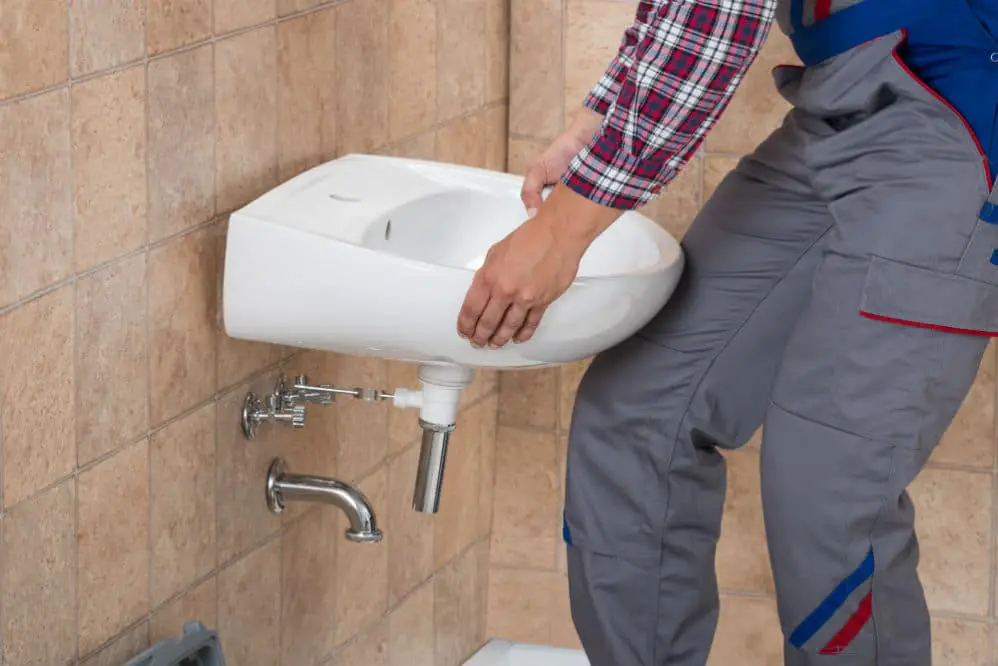 When it comes to designing your house, proper ventilation is often overlooked. However, it is a crucial aspect that can greatly impact the functionality and overall aesthetic of your home. This is especially true for your bathroom, which is a high-moisture area that requires adequate ventilation to prevent any potential problems.
One of the most important areas in your bathroom that needs proper ventilation is the sink. Without it, you may encounter issues such as mold and mildew growth, unpleasant odors, and even damage to your walls and cabinets. That's why installing a
vent for your bathroom sink
is essential for your house design.
When it comes to designing your house, proper ventilation is often overlooked. However, it is a crucial aspect that can greatly impact the functionality and overall aesthetic of your home. This is especially true for your bathroom, which is a high-moisture area that requires adequate ventilation to prevent any potential problems.
One of the most important areas in your bathroom that needs proper ventilation is the sink. Without it, you may encounter issues such as mold and mildew growth, unpleasant odors, and even damage to your walls and cabinets. That's why installing a
vent for your bathroom sink
is essential for your house design.
The Benefits of Installing a Vent for Your Bathroom Sink
 First and foremost, a
vent for your bathroom sink
helps to remove excess moisture from the air. This is crucial in preventing mold and mildew growth, which can not only cause unpleasant odors but also pose health risks to you and your family. The vent also helps to get rid of any lingering odors from cleaning products, hair products, and other items that may be stored in your bathroom.
Furthermore, proper ventilation can help to protect your walls, cabinets, and other bathroom fixtures from damage. Excess moisture in the air can cause peeling paint, warped wood, and even rust on metal surfaces. A
vent for your bathroom sink
can help to prevent these issues and keep your bathroom looking pristine.
Another benefit of installing a vent for your bathroom sink is improved air quality. Without proper ventilation, your bathroom can become a breeding ground for bacteria and other harmful particles. This can lead to respiratory problems and other health issues. With a vent, you can ensure that the air in your bathroom is clean and fresh.
First and foremost, a
vent for your bathroom sink
helps to remove excess moisture from the air. This is crucial in preventing mold and mildew growth, which can not only cause unpleasant odors but also pose health risks to you and your family. The vent also helps to get rid of any lingering odors from cleaning products, hair products, and other items that may be stored in your bathroom.
Furthermore, proper ventilation can help to protect your walls, cabinets, and other bathroom fixtures from damage. Excess moisture in the air can cause peeling paint, warped wood, and even rust on metal surfaces. A
vent for your bathroom sink
can help to prevent these issues and keep your bathroom looking pristine.
Another benefit of installing a vent for your bathroom sink is improved air quality. Without proper ventilation, your bathroom can become a breeding ground for bacteria and other harmful particles. This can lead to respiratory problems and other health issues. With a vent, you can ensure that the air in your bathroom is clean and fresh.
How to Install a Vent for Your Bathroom Sink
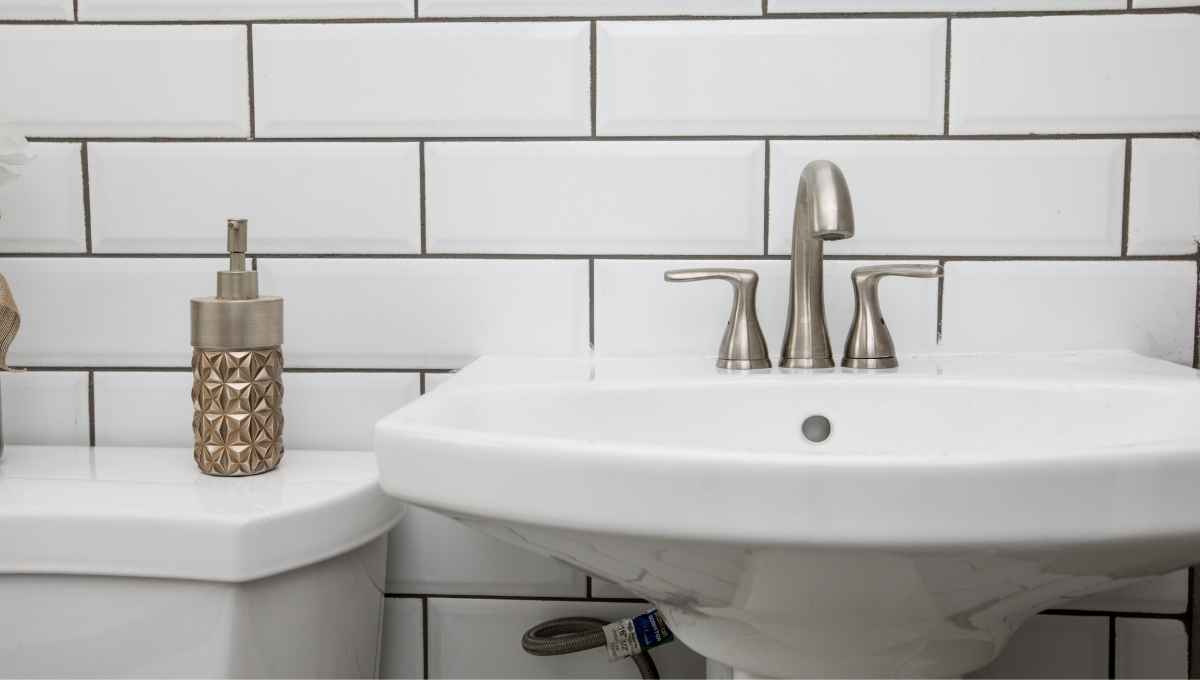 Now that you understand the importance of having a vent for your bathroom sink, you may be wondering how to go about installing one. The good news is that it is a relatively simple process that can be done on your own with the right tools and materials. However, if you are not confident in your DIY skills, it is always best to hire a professional to ensure it is done correctly.
To install a vent for your bathroom sink, you will need to cut a hole in your wall or ceiling, depending on the location of your sink. Then, you will need to connect the vent to your sink's drain pipe using a flexible duct. Make sure to follow the manufacturer's instructions for your specific vent model. Once everything is connected, you can seal the area around the vent to prevent any air leaks.
In conclusion, proper ventilation is essential for your bathroom sink and overall house design. By installing a
vent for your bathroom sink
, you can prevent moisture-related issues, improve air quality, and protect your bathroom's fixtures. Remember to always follow safety precautions and consult a professional if needed to ensure a successful installation. With a well-ventilated bathroom, you can enjoy a functional and beautiful space in your home.
Now that you understand the importance of having a vent for your bathroom sink, you may be wondering how to go about installing one. The good news is that it is a relatively simple process that can be done on your own with the right tools and materials. However, if you are not confident in your DIY skills, it is always best to hire a professional to ensure it is done correctly.
To install a vent for your bathroom sink, you will need to cut a hole in your wall or ceiling, depending on the location of your sink. Then, you will need to connect the vent to your sink's drain pipe using a flexible duct. Make sure to follow the manufacturer's instructions for your specific vent model. Once everything is connected, you can seal the area around the vent to prevent any air leaks.
In conclusion, proper ventilation is essential for your bathroom sink and overall house design. By installing a
vent for your bathroom sink
, you can prevent moisture-related issues, improve air quality, and protect your bathroom's fixtures. Remember to always follow safety precautions and consult a professional if needed to ensure a successful installation. With a well-ventilated bathroom, you can enjoy a functional and beautiful space in your home.











/sink-vent-installing-an-auto-vent-2718828-05-ca0dcb2915be457b9693ccd2655e6c21.jpg)

